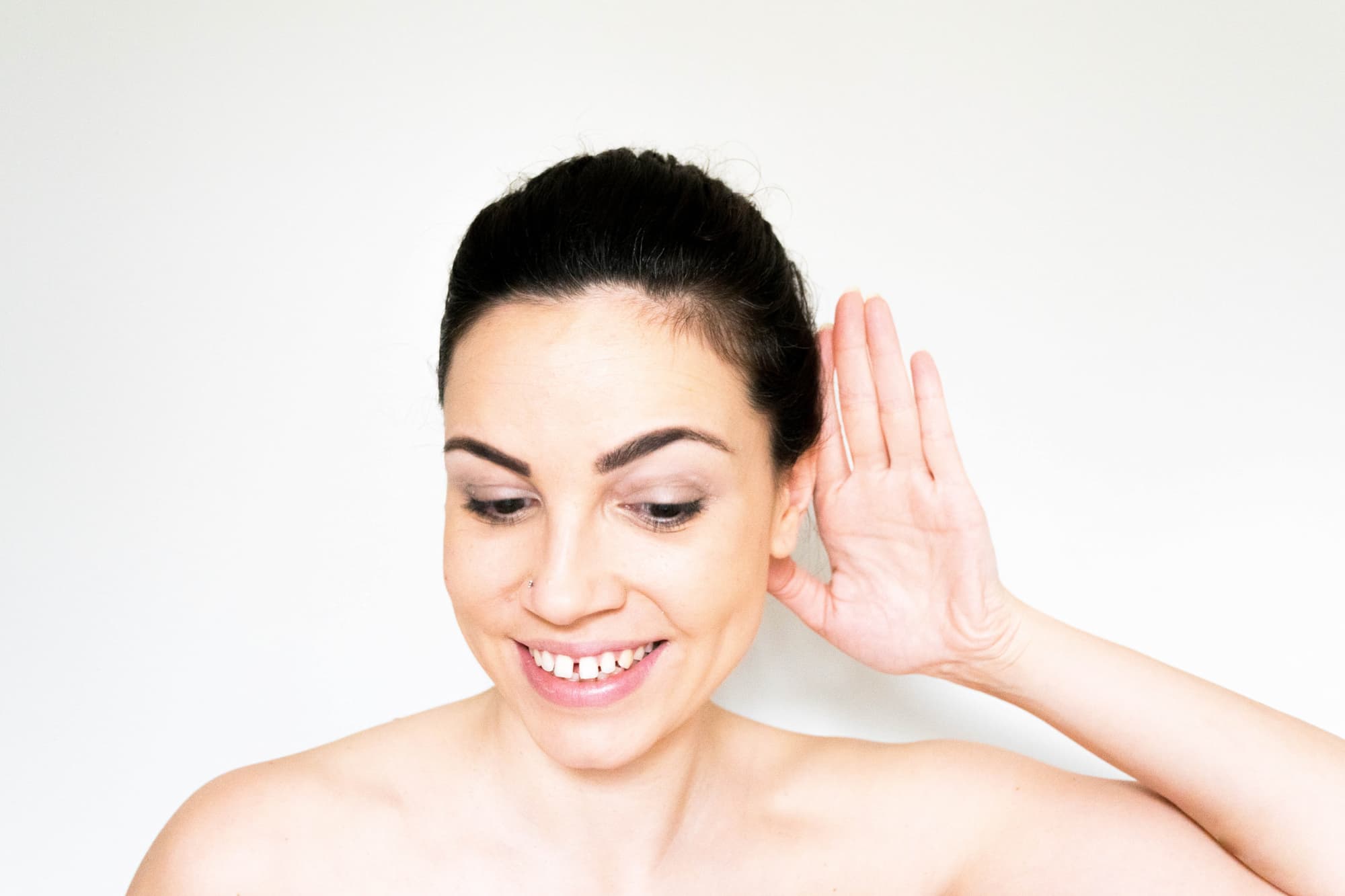If you’ve ever suffered from a blocked ear, then you’ll know that nothing beats the feeling when it finally unblocks! When an ear is blocked you can experience an annoying level of itchiness, you can have difficulty hearing, you might hear your own voice in your head, water might become trapped in your ears after showering or you may feel off balance. None of these symptoms are pleasant, so seeking relief is understandable, but some products or methods used to clean ears are unsafe, ineffective, and can actually worsen the symptoms of a blocked ear. Moreover, many people often try to relieve symptoms by cleaning their ears when they don’t even need to.
So, why does cleaning your ears feel so good? And what is the safest and most effective way to clean your ears and feel the relief?
Do You Even Need to Clean Your Ears?
One of the main myths about ear wax is that it needs to be removed regularly. In fact, earwax actually helps to clean your ears and keep them healthy by trapping dirt, dust and particles at the entrance to the ear which may otherwise harm our delicate ear canals. Ear wax also has anti-bacterial properties which help to prevent ear infections and it has a bitter taste so insects are discouraged from entering our ear canals. So, over-cleaning our ears manually can actually do more harm than good.
Most people don’t realise that our ears are able to clean themselves. That’s right – they are able to get rid of excess ear wax through an automatic ‘conveyor belt’ process. The wax, which is produced in the outer third of the ear canal, is carried out of the ear thanks to a migrating skin layer which carries the wax out. This migration process is also aided by talking and chewing. When the wax reaches the end of your ear canal, jaw movement assists it to loosen, and it is then able to fall away unnoticed or can be gently wiped away.
There are of course, always exceptions, and for a small percentage of the population, this self-cleaning process does not work as well as it should. This can be because wax has built-up over time and has become impacted. If your ear canal is particularly narrow it takes less wax to block the canal, or if you put things like hearing aids, or ear plugs in your ears which prevents the migration process from working, impaction is more likely to occur. If this is the case for you, manual ear cleaning may be required.
Symptoms of a Blocked Ear
According to an article in The Independent in 2017, twisting cotton buds inside our ear canals is a much beloved activity due to a simple truth: “it feels great”1. Ears are filled with nerve endings and stimulating these via cotton bud use can “trigger all sorts of visceral pleasure” as well as what dermatologists refer to as the “itch-scratch” cycle; once you start, it is difficult to stop!
Our ears also likely feel good after cleaning because relief is gained from the symptoms that come with a blocked ear. As well as being annoying and frustrating, these symptoms can often be quite debilitating and impact your daily life. Often, you won’t realise the extent to which these symptoms are affecting you until that relief is gained – it feels great!
Some of the most common symptoms of a blocked ear caused by impacted ear wax include:
- Hearing loss
- A feeling of fullness and blockage
- Itchiness
- Vertigo or dizziness
- A constant ringing sound
- Pain
- Discharge
Tools to Avoid When Cleaning Your Ears
Many of the most popular tools for cleaning ears (e.g., cotton buds, ‘twisty’ tipped wax removers) are often ineffective and can even damage your ear canals or cause the wax to become even more impacted. Inserting anything into your ear – like a cotton bud, bobby pin or even your finger – will push the wax further into your ear and, if you’re not careful, could even damage your ear drum.
Ear candling is another method of wax removal that is not clinically proven2 to be effective, and could seriously damage your ear drum or ear canal. You should never place an open flame near your ear as it may set your hair on fire or cause burns from the hot wax.
The Best Method for Cleaning Your Ears
If you want to experience the incredible feeling of unblocking an ear filled with impacted wax, then micro-suction can provide you with that feeling. Micro-suction is the safest and most effective method of ear wax removal and is the technique used by Ear Nose and Throat (ENT) specialists. It is also the method that the registered nurses at Earworx specialise in.
When you visit Earworx, before the micro-suction procedure is performed, you will complete a questionnaire and your ears will be inspected to ensure wax removal is required; remembering that a small amount of ear wax is healthy and normal. If wax removal is necessary, the process then involves a small micro-suction catheter being gently inserted into the ear canal to suction out the built-up wax – much like a mini vacuum cleaner.
The entire micro-suction procedure is performed under observation of your ear canal and ear drum to enhance safety. Our experienced registered nurses wear “loupes” – binocular glasses fitted with a bright light – throughout the procedure.
One of the main benefits of micro-suction as opposed to other methods of wax removal is that a normal and healthy amount of wax can be left behind. This means you get to experience that incredible feeling of relief that comes with unblocking your ear whilst also maintaining the protective elements that normal levels of wax provide.
Book your appointment at Earworx today.
-
https://www.independent.co.uk/life-style/health-and-families/features/the-dangers-of-putting-cotton-buds-in-your-ear-why-can-t-we-resist-the-temptation-despite-warnings-on-the-packet-a6840251.html
-
Schwartz et al 2017, Clinical Practice Guideline (Update): Earwax (Cerumen Impaction), Otolaryngology-Head and Neck Surgery Vol 156 (IS) S1-S29


